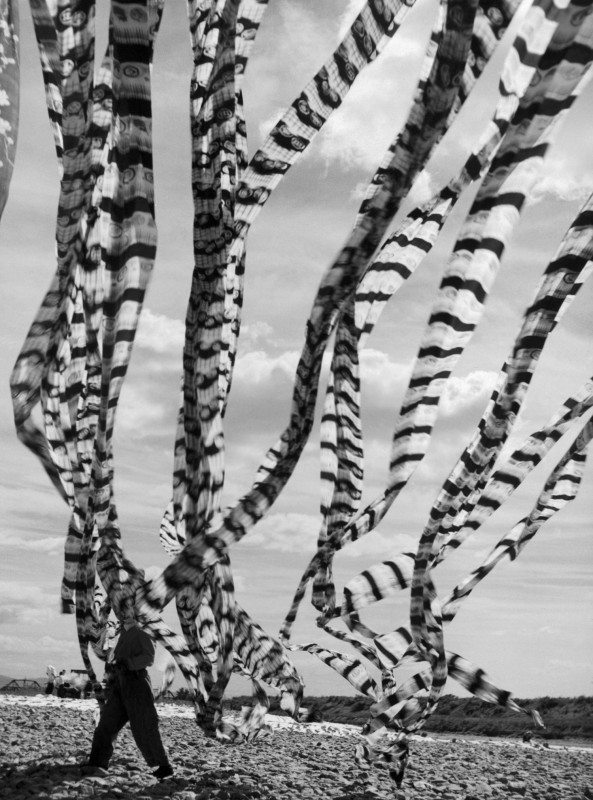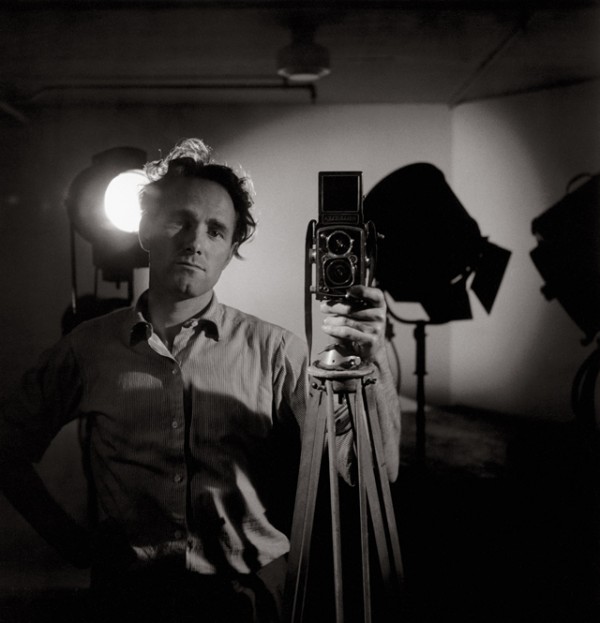On the Cover Photo
On the Cover Photo
Werner Bischof
February 19, 2024

Fluttering silk ribbons as they dry in the wind, Kyoto, Japan 1951
During his time in Japan in 1951/1952, Bischof developed a number of themes that found their way into his book Japan, dealing, above all, with the contradictions in the country between tradition and modernity. With 109 colour and black and white images, and text by Robert Guillain, the photo book was put out simultaneously in 1954 by a number of publishers – Robert Delpire, Paris; Manesse Verlag, Zurich; Simon & Schuster, New York; Sylvan Press, London; and Garzanti, Milan.
Bischof conveys a very personal impression of the country in the three chapters: What has not been lost; Japan today; and Will Japan's ancient theatre art last much longer? He came across the motif of the silk ribbons when he left Tokyo to explore other parts of the country. “October 7, 1951. Yesterday was a wonderful autumn day and I drove out in a taxi to the Imperial Country House. On the way, I came across silk washers - washing long and colourful ribbons of silk in the river, and leaving them to dry on long bamboo poles. Can you imagine how beautiful it looks? All the colourful ribbons waving and whispering in the wind... wonderful...” Bischof wrote in a letter to his wife, Rosellina. “Of course, I couldn't just drive by, but spent over an hour there.”
LFI 2.2024+-
Discover the whole portfolio in LFI 2.2024. More
Werner Bischof+-
Born in 1916, Bischof studied at the Vocational Art School in Zurich from 1932 to 1936. In 1939 he travelled to Paris to become a painter; when the war broke out he returned to Switzerland to do two years of military service. As of 1942 he worked as a photographer for the Swiss magazine Du. As of 1945 he documented post-war Europe, becoming a member of Magnum Photos in 1949. He worked for international magazines. He spent six months in India in 1951, followed by a year in Japan with some interruptions. 1952 he became a war correspondent for Paris Match, travelling to Indochina, India, Ceylon. 1953 he spent four months in the USA, travelling from New York to Mexico City in 1954. After that he went to Panama, Santiago de Chile and Lima on assignment for Magnum and Life. On May 16, 1954, Bischof had a fatal accident when his car plunged into a ravine in the Peruvian Andes. More

Fluttering silk ribbons as they dry in the wind, Kyoto, Japan 1951

